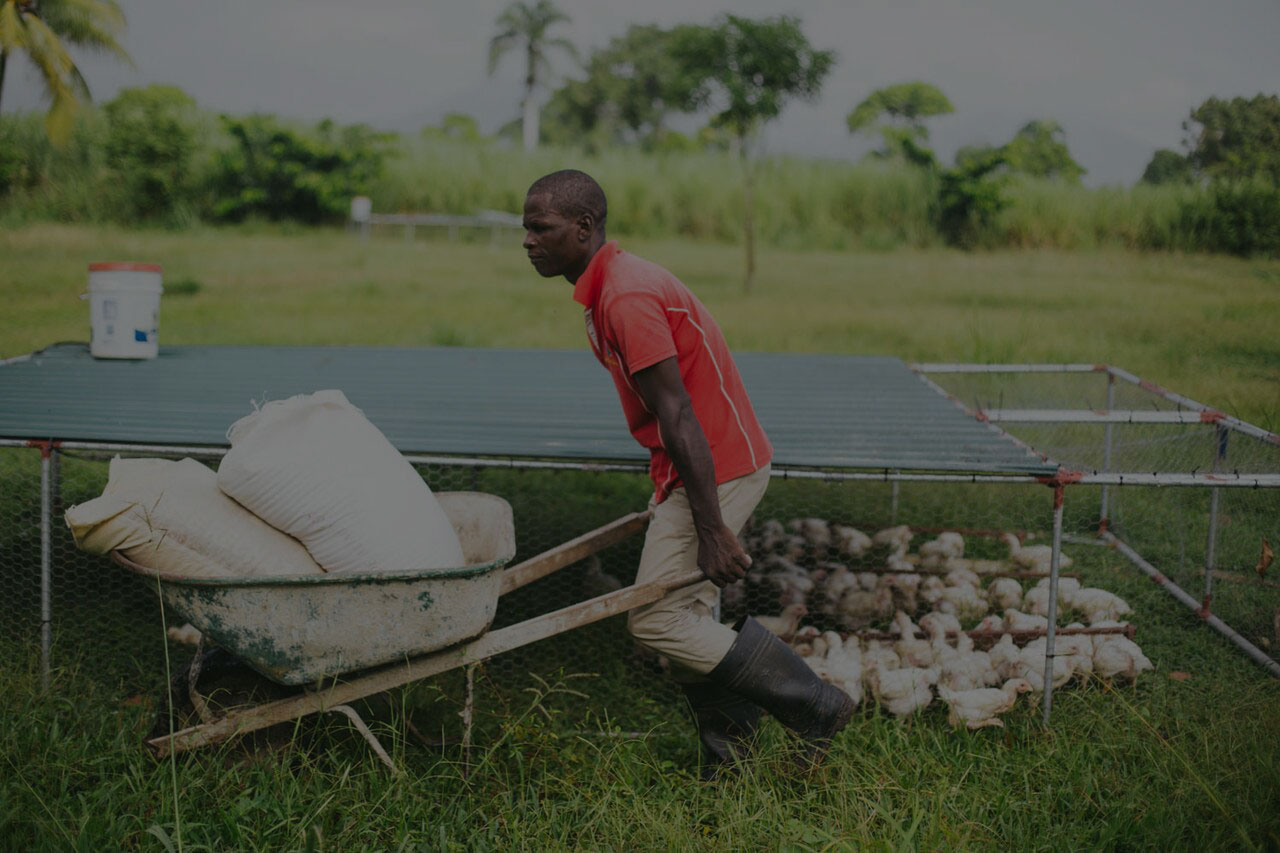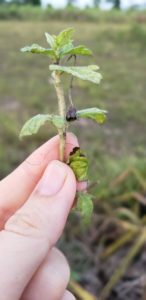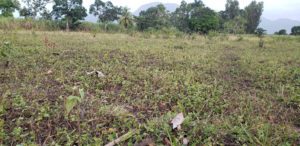
Two years ago if you would have asked me what regenerative agriculture was, I would have said that it is restoring abused natural resources. I would not have had the passion behind my response that I do now. Two years into farming in a holistic, land centric, grass based operation, we have seen first hand what regenerative agriculture is and how it can work to restore the land on our farm.
First let me give you a little history lesson on Agriculture in Haiti. Sugarcane was brought here on Christopher Columbus’s second voyage to Haiti in 1493. For the next 200 years sugar cane was grown and exported primarily to Europe. Haiti was known as the peril of the Caribbean and was very wealthy due to this amazing cash crop. The Cap Haitian valley, where New Roots is located, was and still is today the main area that sugar cane has been grown. In fact, sugar cane has been nearly exclusively grown all across this land for the past 300+ years.
Sugar cane does very well in our valley as it is resistant to both droughts and floods, has a long growing cycle which minimizes labor of planting and harvesting, and continues to generate value. The majority of the sugar cane grown in the valley is turned into Clairin, an alcohol made locally in distilleries all across Haiti. Further processing turns Clairin into Rum. Where we are located all of it stays as Clairin and is sold locally in Cap Haitien.

The woody weed that covers acre after acre of pasture in our area.
When people come and visit our farm, as we are walking through the pasture I usually stop and ask people to look around. I then ask them what they see. We are surrounded by perhaps the most fertile valley in all of Haiti. At the same time, we are surrounded by unemployment, malnutrition, and poverty as far as you can see.
What I see is a lack of investment and a lack of proper management of land resources. Chickens raised for meat give us two things, meat and poop. The value of the meat is obvious, easy to calculate, and expected. What is harder to value is the nitrogen infused fertilizer being squirted out of the chickens all day long.
When we first started New Roots we ran chickens primarily on one acre for the first 9 months. In hindsight we probably actually ran too many chickens on it, but that’s another story. When we bought that piece of land I was worried that there was no grass on it. Instead it had a thick ground cover made of woody weeds, which the chickens couldn’t eat. I didn’t know if our model of grass fed chickens would work. Out of desperation, we imported seed, irrigated, and tried all that we could to get the grass to start growing. Even so we saw zero change. We finally decided to just start running chickens across it as it was and hope for the best. Within a few months the grass started popping up. You could actually see the exact path that the chicken tractor had taken as it would be a dark green grass where as the few feet between each tractor remained the same. Now that field is COVERED in thick luscious grass. For a while we ran 3 cows constantly on that acre and they could not even keep up.

Before: Nitrogen depleted soil prevents grass and other crops from growing.
The idea of regenerative farming fits so well into the long term development and revitalization of the farming industry in Haiti. By strategically utilizing animals, local farmers can improve yields on all of their crops. It has taken us two years to repair our land, and two years to “master” (or almost master) this model. But we are now at a place where we want to start teaching what we have learned to others in our community so that they can reap the rewards as well.

After: beautiful grass and healthy soil= healthy livestock and crops!
Our hope and prayer is that while we continue to rebuild the land, we are also rebuilding hope and lives in Chiron Haiti. There is so much broken in this world, but at the same time, we see so much potential for growth.